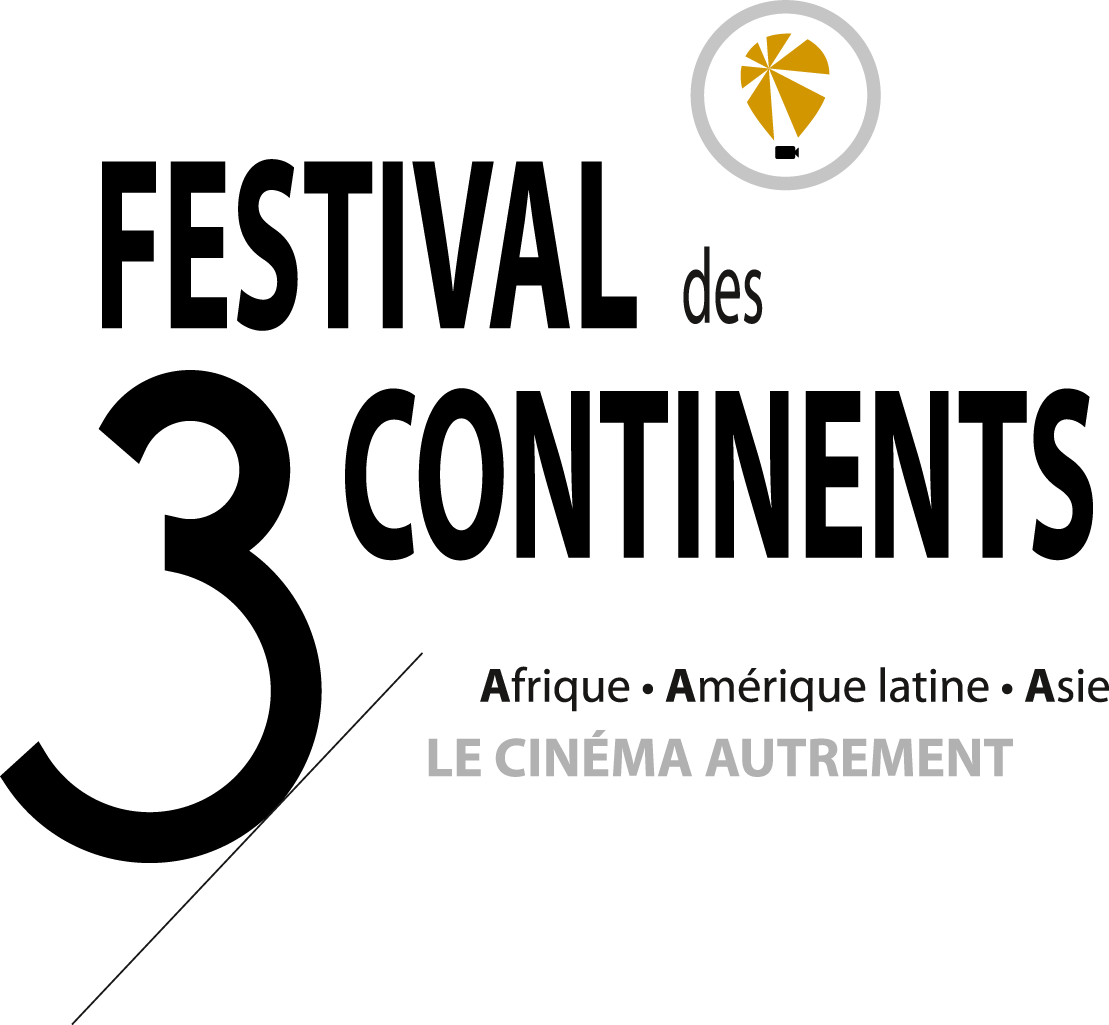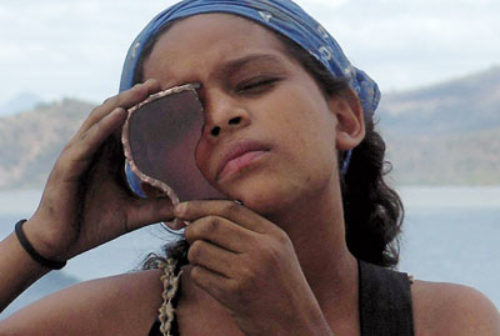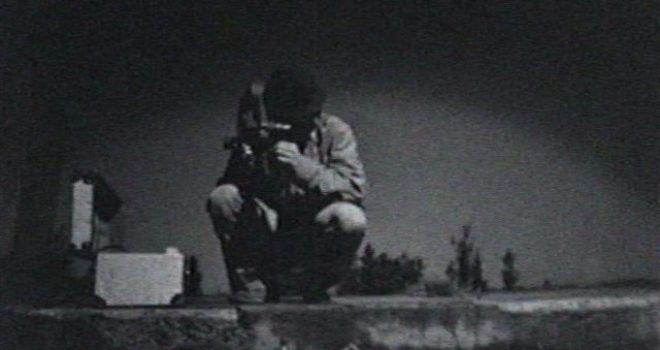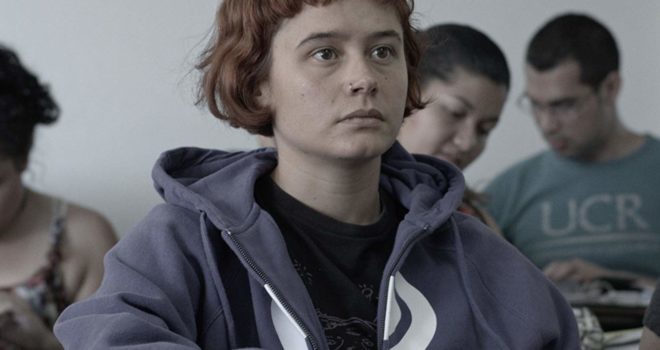In its recent editions, the Festival des 3 Continents has modestly sought, for the sake of archaeology, to pick up the thread of the history of Latin American cinematographies so as to better gauge the realities of their recent developments. We observed that economic, political and institutions mechanisms have strongly influenced their production. We explored their concrete, lasting and positive effects, as in the case of Colombia, or focused on verifying the vitality of the industry’s immune defences although the instability of some environments, as in Argentina or now, more worryingly, in Brazil after fifteen or so years of ferment.
Contrary to the three above-cited countries but like many other Central American countries, Costa Rica has a short cinematographic tradition, dominated artistically by short films and documentaries, to judge by what we have gleaned so far. This should not, of course, side- line the fact that fiction features have been made and produced regularly for many years, although more so from the mid-1970s after the structuring of an independent Costa Rican production system, which still serves as the basis for today’s cinema.
As a country of modest dimensions, no bigger or smaller than its neighbours, nestled between Nicaragua and Panama, with the Atlantic to the east and the Pacific to the west. Geography seems to have imposed on Costa Rican cinema deep-rooted ties with its coastal areas and with a carefully tended natural heritage. This is not to promote tourism on behalf of an independent state renowned for having been the first to abolish its army in the mid-20th century in order to ward off the shadow of a civil war that went on to ravage the whole of the Central American region. Certainly not. It so happens that one of Costa Rica’s singularities, possibly a consequence of its size, is that the country voyages through its cinema and is traversed by it in return. The films seem ready to seize on the slightest opportunity to take their distance from the capital San José and revive a varyingly intimate, social or political relationship and re-establish contact with a luxuriant, contrasted reality that offers them better ways of telling their stories. Hilda Hidalgo’s Sacramento is certainly one of the films that makes this movement the most visible, the most personal too, searching at the water’s edge for the source of a poem to banish her spleen. The sea shore and nature open up a polysemy perceived as necessary – a stroll, abandonment, loss, reunion, as in Paz Fábrega’s Cold Water of the Sea. These Costa Rican voyages are willingly romantic, story-like, expiatory, but people also forced to move to the coast to work in the ports, as the characters of another age remind us in the documentary Puerto Limón, the pioneering film of this programme. Could we imagine that the call of the seaboard – never a call to the high seas – is the subconscious of the winds and currents that helped found the mixed identity of Costa Rican culture? However, as we followed a few of the paths traced out by the films, another map soon came to overlay the first. It revealed that, among the characters and authors of the films, the temptation of cinema in Costa Rica would also have a very feminine colouring and vivacity.
And this is the path – El camino to reprise the title of Ishtar Yasin Gutierrez’s film – that we decided to take. From Victor Vega’s Puerto Limón and Las Cuarentas, it passes through San José and Alexandra Latishev Salazar’s Medea to reach Selva, the young heroine of Land of Ashes, Sofía Quirós Ubeda’s debut feature. Who knows which country Costa Rican cinema will take us through in the future?
Jérôme Baron










